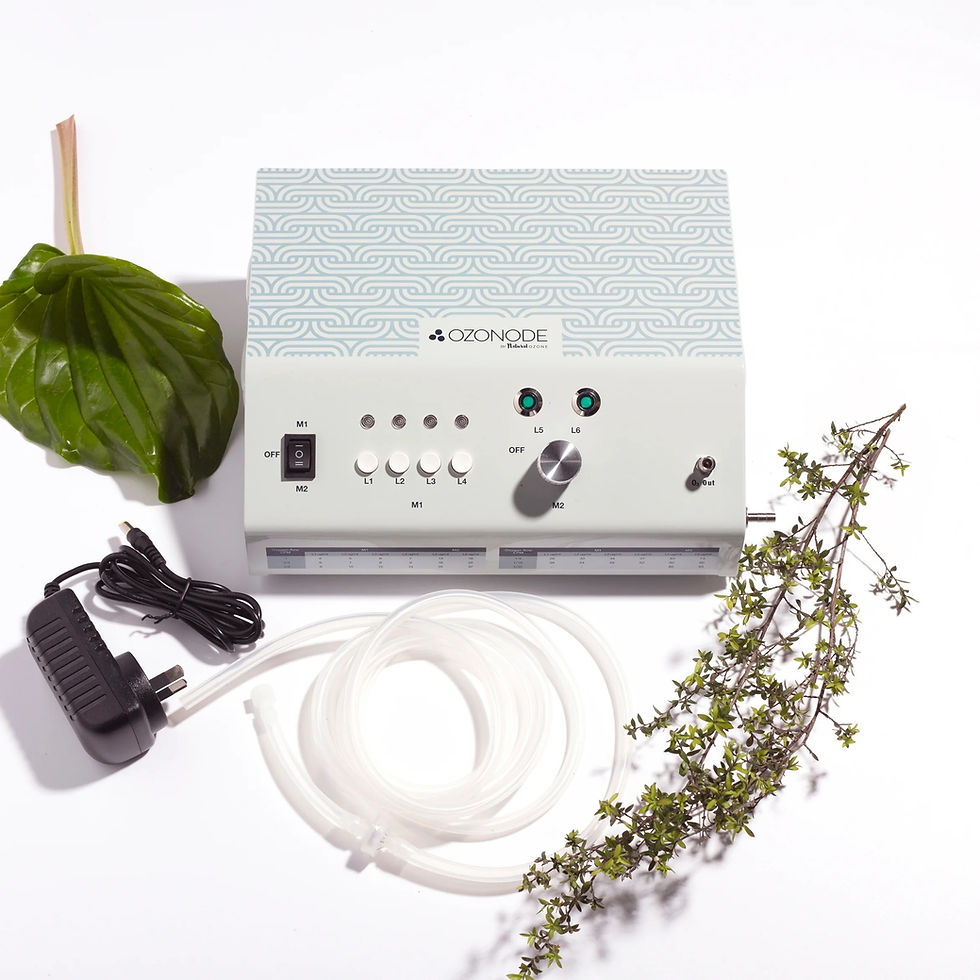The Benefits of Acupressure: Natural Healing at Your Fingertips
- Sarah Kottmann

- May 12
- 2 min read

In today’s fast-paced world, we often reach for quick fixes—pain relievers for headaches, caffeine for fatigue, or screen time to distract from stress. But what if relief was already within you—literally at your fingertips?
Acupressure, an ancient healing technique rooted in Traditional Chinese Medicine (TCM), is gaining popularity as a natural, drug-free way to support wellness. Something I have recently added to my tool kit and use during a Cranial or Reiki session if the body is asking for it.
But I also show you how where the point are so you can do it at home and get instant relief.
What Is Acupressure?
Acupressure is similar to acupuncture, but instead of needles, it uses gentle pressure from fingers, palms, or tools to stimulate specific points on the body (called acupoints). These points are located along meridians, or energy pathways, that influence physical and emotional health.
Common Problems Acupressure Can Help With
Chronic Stress & Anxiety Pressing points like Yin Tang (the “third eye”) or Heart 7 may promote relaxation and mental clarity.
Headaches & Migraines The famous LI4 (Hegu) point on the hand is known to ease tension headaches and facial pain. Depending on the headache Gallbladder points can also be every effective
Insomnia Points like Spleen points help ground the body and calm the mind before sleep.
Digestive Issues Stimulating Stomach 36 can boost digestive function and reduce bloating or nausea.
The Science Behind It
While Western medicine is still studying acupressure, research suggests it may help by:
Releasing endorphins (your body’s natural painkillers)
Reducing cortisol (the stress hormone)
Improving blood circulation and lymphatic flow
Studies have shown benefits for conditions like lower back pain, nausea from chemotherapy, and even labor pain.
Getting Started
You can begin with just 1–2 points a day: I normally show you around 1-2 points depending on your needs,
Apply firm but gentle pressure for 1–2 minutes.
Breathe slowly and deeply.
Notice how your body responds.
*Please be aware the the image does not represent the exact point of the meridian. There are also ceratin point that should not be used during pregnancy.




Comments